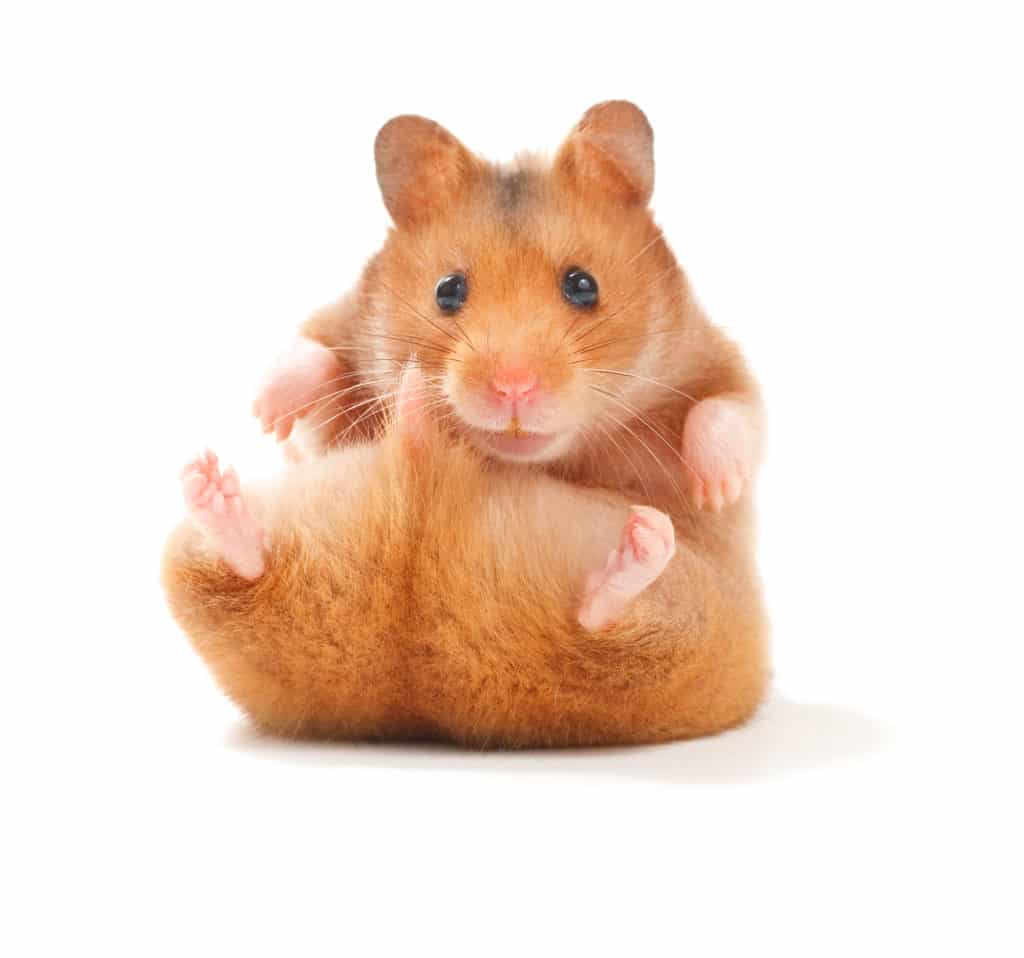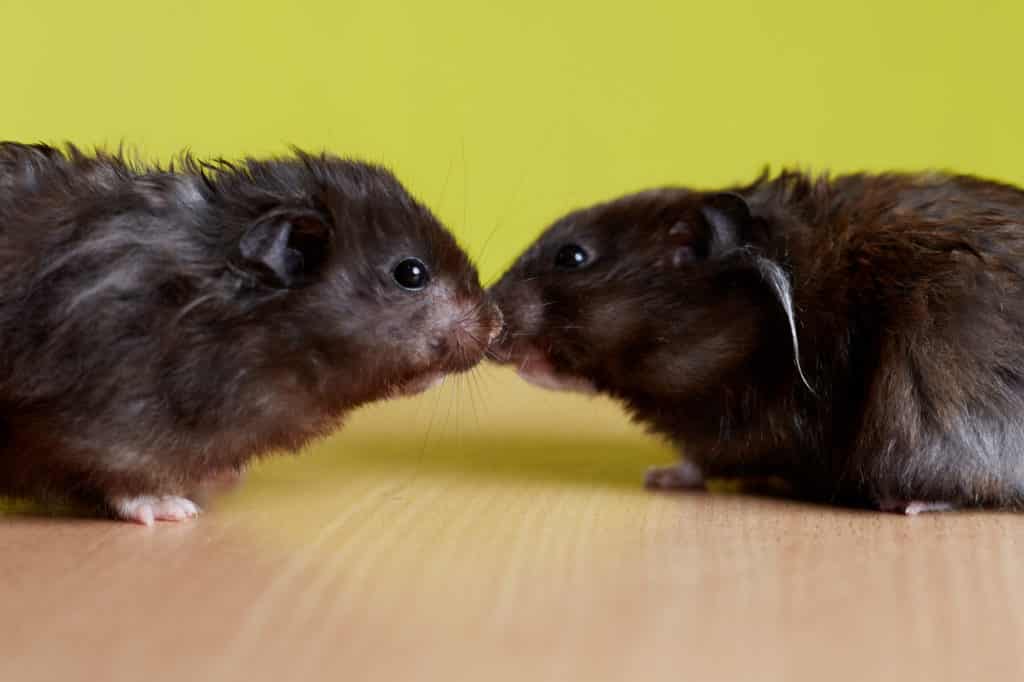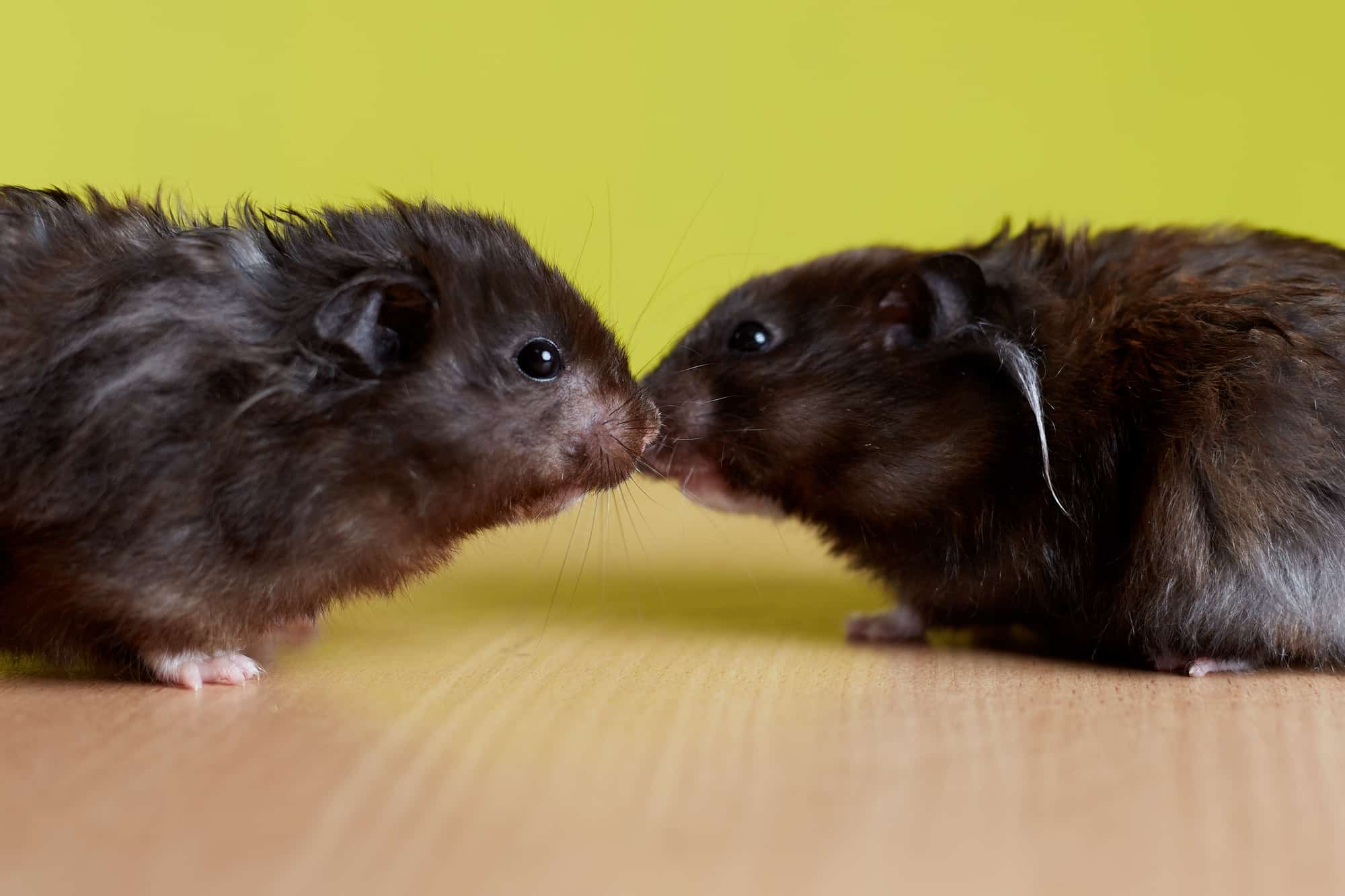There are 19 different species of hamsters, and 5 of them are kept as pets. So, the only thing that many people worry about before buying a hamster is which hamster species they want to buy. They rarely care about which gender they end up buying. However, a male and a female hamster (from the same species) differ significantly – both anatomically and behaviorally. So, understanding the male and female hamster differences can make you a better hamster parent.
Why is it important to learn to differentiate between hamster genders?
Male and female hamsters are temperamentally different. They react differently. So, before buying a hamster and putting it in a cage, you must first decide which one would be a better fit for you.
If you buy a male and a female dwarf hamster (instead of two hamsters of the same gender) and put them in the same cage, they can mate and produce pups that you aren’t ready to take care of. So, learning to differentiate between male and female hamsters is particularly important if you plan to buy a couple of dwarf hamsters.
But if you have already bought a couple of dwarf hamsters without learning to differentiate between hamster genders, do not worry. This blog post will teach you everything you need to know.
How to tell if your hamster is a boy or a girl?
1. The distance between the anus and genital openings
Male hamsters have penile openings, whereas female hamsters have vaginal and urinary openings. The distance between the genital openings and anus differs between males and females. In general, this distance in males can be twice as long as in females.
So, the best way to tell if your hamster is a boy or a girl is by looking at the distance between its genital openings and anus.

2. Testicles
Pick your hamster and hold it on its back. Now, look at the belly area. If you notice testicles, then it is a male hamster. If not, it is a female hamster.
The only problem with this method of identifying a hamster’s gender is that the scrotum (with testicles) becomes big enough to be apparent only after four weeks of age. Even then, the testicles could get retracted at times.
3. Nipples
Do you observe any nipples on your hamster? Then, it is a female hamster because only female hamsters have nipples.
Female hamsters have two columns of nipples on their stomachs parallel to each other. Each column has six nipples, i.e., 12 nipples in total (Source: Omlet UK). The nipples become more prominent with age.
4. Other physical differences
The hind side (posterior) of male hamsters appears round and long, while the hind side of female hamsters appears pointed.
5. Key differences in behavior and temperament
Male hamsters are generally friendly. They are docile and calm. Male hamsters don’t become aggressive when you try to pick them up or hold them. They can easily be tamed and become affectionate quickly (Source: A-Z animals).
On the other hand, female hamsters are territorial and dominant by nature. They can be difficult to handle. Female hamsters may become aggressive when you try to pick them up and hold them. They may even bite you. They are more aggressive when pregnant and when they are nursing their young.
So, male hamsters are generally considered better for children and first-time pet owners.
Until now, we have looked at the general differences between male and female hamsters, which could be seen across many types of hamsters. Now, let’s look at how male and female hamsters differ in each individual pet species.
Male vs. Female hamsters based on species
1. Syrian hamsters
Adult females are generally larger than, sometimes up to twice as big as, adult male hamsters (Source: Hamster guru).
Female hamsters are generally more active. They love to run in hamster wheels, climb, and stockpile food. On the other hand, Male hamsters are more easygoing and love to enjoy life at a slower pace.
Female hamsters are more aggressive than male hamsters.
Generally, female golden hamsters love to be entertained and play with their owners. But male hamsters are just content with being held and would like to snuggle.
Both the males and females can be smelly due to the scent emanating from their scent glands. But the strong musky smell the females emit when they are in heat makes them the smellier of the two.
Female Syrian hamsters also have a dark pigmentation near their anus.
2. Chinese hamsters
Male and female Chinese hamsters are generally of the same size, but the males might have larger scrotum compared to other species (Source: Wikipedia).
The behavior of male and female Chinese hamsters may not be that different. Even then, two males get along better than two females.
The most obvious difference between the two genders is the shape of their hind side. The posteriors of males are more obviously rounded than female hamsters (Source: The Spruce pets).
3. Dwarf hamsters
The most apparent difference between the two genders in dwarf hamsters (Roborovski, Campbell, and Winter White hamsters) is the appearance of their scent glands. The scent glands of male dwarf hamsters appear like a small yellow patch on their furs and are more apparently visible. On the other hand, the scent glands of female hamsters would be difficult to see.
But if the scent glands aren’t obviously visible, it doesn’t necessarily mean that your hamster is a female. You must then proceed to search for the penis, which looks like a belly button. You can also search for the testicles, which would also be apparent. On the other hand, female dwarf hamsters would have nipples that are easier to locate.
If your dwarf hamster has a lot of fur, however, this process becomes difficult. In this case, you have to part your hamster’s fur to be able to see better. You can also immerse a cotton bud slightly in water and then gently move it along your hamster’s body to dampen its fur to get a better view (Source: Hamster society Singapore). However, you should be very careful with this process because hamsters can easily catch a cold if you make them wet, and cold can be deadly for hamsters.
In dwarf hamsters, males are smellier than females.



